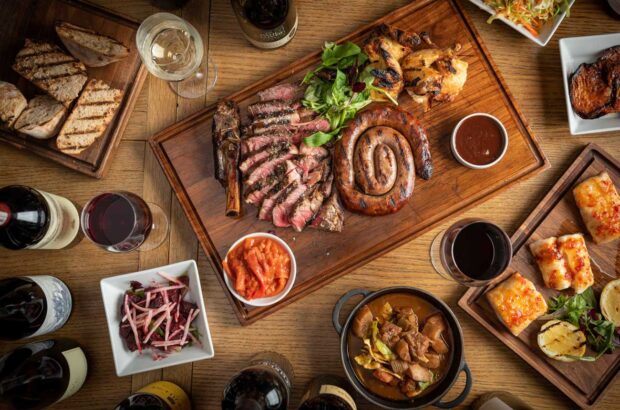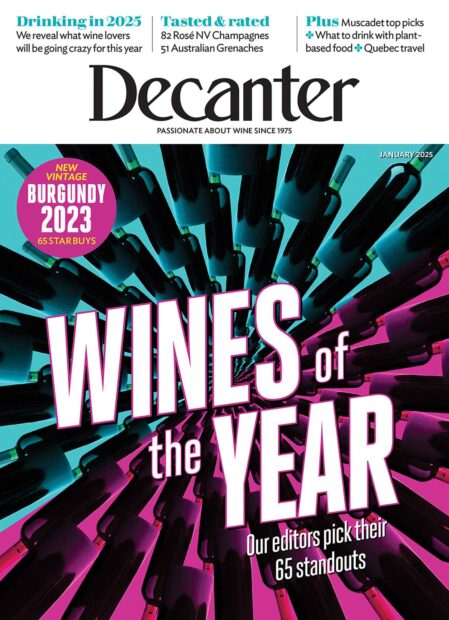Château Rochemorin, André Lurton’s property in Martillac, was the venue for the 2012 Bordeaux ‘Best Of Wine Tourism’ award ceremony on October 4. More than 250 members of the Bordeaux wine trade, local and regional authorities and friends attended the ceremony. 74 applicants, over half of them new participants, vied for nominations as finalists. Seventeen finalists competed for the six awards.
The 2012 winners are:
Château Soutard (Architecture, Parks and Gardens)
www.chateau-soutard-com
Visiting Château Soutard is like going back in time to share the traditional “French way of life”, just a short walk away from the bell tower of Saint-Emilion. At the heart of this 27 hectare estate, with its 22 hectares of vines, the château is uncharacteristic of the region, due to its impressive size. The two farm buildings, the cellars, and the Orangery, with its decorative ceiling, are all parts of this estate open to visitors and enthusiasts. Either by day, or by night, among the vines, in the cellars or in the kitchen, the keynote of your discovery of Château Soutard is freedom; taking your time to get a feel for this magical place. This is the philosophy behind a visit to Soutard.
Château Haut-Sarpe (Art and Culture)
www.josephjanoueix.com
This ancestral home, built in the 17th century and modeled on the Petit Trianon of Château de Versailles, with its three hectares of magnificent grounds, is a unique site. Today, the château hosts many cultural events, like “Les Grandes heures de Saint-Emilion” (Saint-Emilion’s Greatest Hours), and sculpture exhibitions in the grounds.
The domain also offers visitors the chance to enjoy a unique journey of discovery; to go back in time in a picturesque and authentic environment, with its recently restored harvesters’ village and its landscaped park which includes the four seasons path and the rose garden, as well as hundreds of birds and animals….Another attraction is the authentic flour mill museum.
Château Siaurac (Innovative Wine Tourism Practices)
www.chateausiaurac.com
Located in the Lalande de Pomerol appellation, Château Siaurac and its 18th century orangery are surrounded by a 60 hectare estate, which includes 15 hectares of landscaped grounds, designed and planted in the 19th century.
A wide and original range of innovative visits reflect the character of both the château and its owners: the art of making you live to enjoy wine. Visits on the theme of discovery and gastronomy, inter-active wine workshops, events and children’s activities (5 senses workshop, wine etiquette), and “lucky dip” bags…give visitors numerous and varied opportunities to experience the unique philosophy of this dynamic estate.
Château Lavergne-Dulong (Accommodation)
www.chateau-lavergne-dulong.com
Château Lavergne-Dulong, situated between Bordeaux and Saint-Emilion, has adopted organic wine growing methods, and offers its luxuriant setting of parkland and vines. 4 guest bedrooms, with their traditional French “country house” décor, modern comforts and cosy atmosphere, enable visitors to enjoy a relaxing stay in a family run wine property, and to unwind by the swimming pool in warm weather. The added attraction of a “Table d’Hôte” (communal dinner with the owners), offering local and organic specialties makes this an unforgettable stay for travelers.
Château d’Agassac (Wine Tourism Services)
www.agassac.com
Located near the village of Ludon, the domain of Agassac is one of the oldest wine estates in the Médoc. Surrounded by its vineyard and magnificent grounds, this remarkable site provides seminar and reception rooms inside the château itself. There is also an extensive reception hall located in the cellars, which looks out onto the barrel cellar. The 2 hectare park provides sufficient space for large gatherings and events. The moat, the ancient stone dovecote and other historic buildings make this an exceptional site, which is also adaptable and equipped with the latest technology.
Château de Rouillac (Sustainable Wine Tourism Practices)
www.chateauderouillac.com
Built in the 17th century, Château de Rouillac bears witness to the architectural influence of one of its most illustrious proprietors : Baron Haussmann. Today, the domain has adopted a policy of sustainable agricultural methods and a certification for the “High Environmental Value” label. Visitors are invited to participate in this programme, via an “eco responsible” tour of the vineyard, in a horse drawn carriage, followed by a visit of the new HQE vat room.
About the Great Wine Capitals Global Network
Founded in 1999, the Great Wine Capitals Global Network is an alliance of nine internationally renowned wine regions – Bordeaux, France; Cape Town, South Africa; Christchurch-South Island, New Zealand; Florence, Italy; Mainz-Rheinhessen, Germany; Mendoza, Argentina; Porto, Portugal; Bilbao-Rioja, Spain and San Francisco-Napa Valley, USA. The Best Of Wine Tourism awards serve as an industry benchmark for excellence and recognize leading wineries and wine-tourism related businesses within each Great Wine Capital that have distinguished themselves in areas such as innovation, service and sustainable practices. For more information visit http://www.greatwinecapitals.com.
Written by John Abbott







